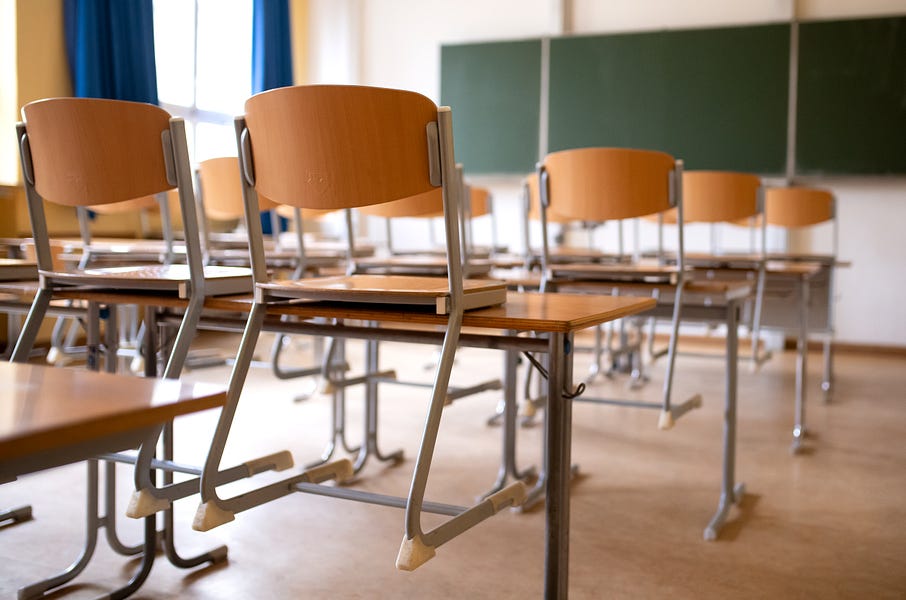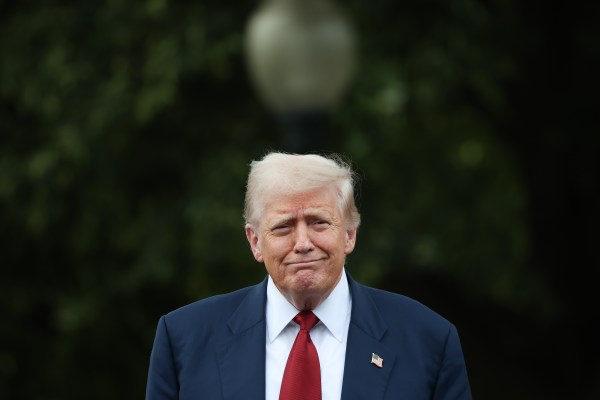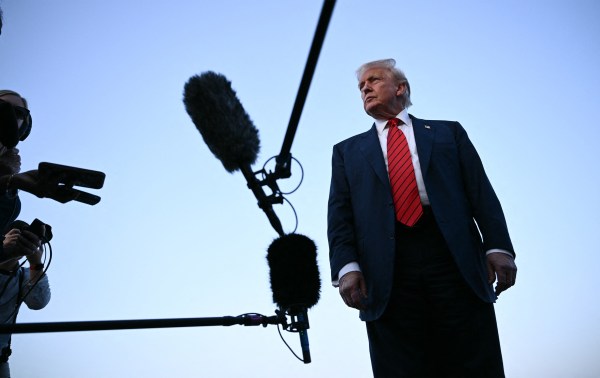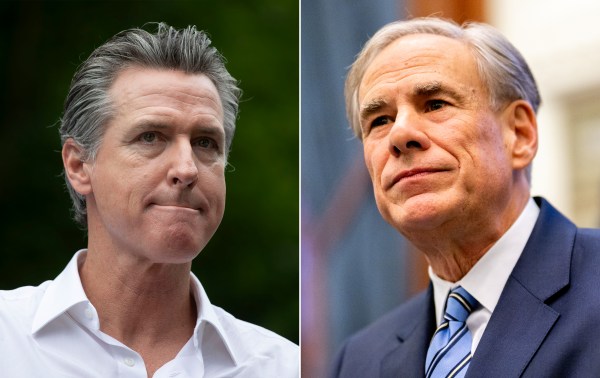Of all the ways COVID-19 has upended our daily lives—the shuttered businesses, empty streets, bare grocery store shelves—school closures might hit home the hardest. Schools serving more than 40 million students have now closed their doors, with profound effects for these kids, their parents, and their communities.
The pace of those closures has been breathtaking. It was just March 12 when Ohio Gov. Mike DeWine was the first to announce all schools in his state would close, for at least three weeks. Maryland followed that afternoon. Within a matter of days, 39 states had followed suit. It was all a blur. Routines that seemed sensible on March 5 seemed reckless and irresponsible a week later.
The groundswell made sense. In the face of pandemic, for governors trying to make up for lost time and a failure to get ahead of the curve, acting first and sweating the particulars later made good sense. Now, the landscape continues to change by the day. In such conditions, public officials are making a host of big decisions through a haze of incomplete information. Whenever possible, given the uncertainty, they should take care not to prematurely make devastating decisions before they must be made.
This brings us to Kansas. Whereas other states have thus far taken a wait-and-see approach to just how long schools will be closed, last Tuesday, Kansas Gov. Laura Kelly signed an extraordinary executive order closing all the state’s schools, public and private, for the remainder of the school year. In so doing, the governor has extinguished all hope that there’s light at the end of the tunnel for distraught kids and overburdened parents.
Kelly’s decision may make sense in Kansas, especially given that the state’s school year was scheduled to end in mid-May. Just because it’s the most aggressive action taken by a governor does not mean it should become the standard for a serious response to the crisis. It would especially be a mistake in this case.
In other states, the school year extends well into June, so preemptively declaring the school year over would be ill-advised. Many states may well end up closing schools for the year, and governors should be honest about the evolving situation with their constituents. But there’s much we don’t yet know about how well existing measures are working, just when coronavirus testing will ramp up, or what things are going to look like four or six weeks from now.
We also don’t know how the costs and benefits of school closure will unfold. While immediate closures of schools may well help “flatten the curve,” it’s wholly possible that the offsetting costs of school closures will grow with time. The security of millions of vulnerable kids, the burdens on parents and caretakers, and the public health issues posed by bored teens seeking to socialize may all raise questions about the long-term efficacy of closure. There’s also a potential downside on our collective psyche with definitive closures: Americans have adapted pretty well, and pretty quickly, to the disruption of our daily routines. It’s one thing to stick together (separately, in our own homes, of course) for the greater good, on the hope we can accomplish that good sooner rather than later. Drag it out, or make it seem permanent or at least indefinite, and people might be less-inclined to go along with government directives.
And we have positive examples of how other nations have handled this. Singapore kept schools open and, by aggressively tracing known cases and daily screening for new ones, has managed to keep infections under control; Australia has kept schools open as well, closely monitoring the virus and ready to shut them down if infections spike. While the U.S. may be behind the curve of those nations in terms of testing and responding to those who’ve been infected, things may look different in a month—especially in locales where testing becomes plentiful and social distancing is working as intended. The Italian city of Vò aggressively tested all its inhabitants and managed to curb infections. As our ability to test comes online, it’s possible that some or even many states could see coronavirus-free students and educators safely back at school before summer break.
And there’s no rule that the scheduled end of the school year must be set in stone. Sure, changing it would entail contractual, logistical, and budgetary issues. But the past few weeks have been precedent-shattering in all manner of ways. Insisting that we can’t fiddle with the usual end of the school year is a strange place to start drawing the line. Children starved for normalcy, security, and the chance to see their friends might be delighted to be back in school for a month or more, and struggling parents would be grateful for the respite and return of routine.
The point of reopening should in no case be for administering tests or complying with paper requirements. All such things should be waived this spring, regardless, so that educators can focus on what matters. The only goal should be to let families get back to living and students to learning.
It’s true that school systems are enormously complicated enterprises, and they can’t stop—or start—on a dime. But it’s too early for governors to be robbing students and parents of the hope that better things are ahead. If it gets to be late April, and things aren’t progressing, there will be time to make this move. Governors inclined to insist the year is over before that point owe their citizens a good, specific, concrete explanation as to why that decision needs to be made now.
There was a decisive and sensible rush to close schools temporarily, after Gov. DeWine acted. Now that the barn’s been padlocked, there’s no need to rush to declare how long the padlock will remain. It’s a funny thing: Locks can be taken down at any time. Governors should leave themselves that option.
Frederick M. Hess is the director of education policy studies at the American Enterprise Institute, where Nat Malkus is the deputy director of education policy studies.
Photograph by Sven Hoppe/picture alliance/Getty Images.






Please note that we at The Dispatch hold ourselves, our work, and our commenters to a higher standard than other places on the internet. We welcome comments that foster genuine debate or discussion—including comments critical of us or our work—but responses that include ad hominem attacks on fellow Dispatch members or are intended to stoke fear and anger may be moderated.
With your membership, you only have the ability to comment on The Morning Dispatch articles. Consider upgrading to join the conversation everywhere.